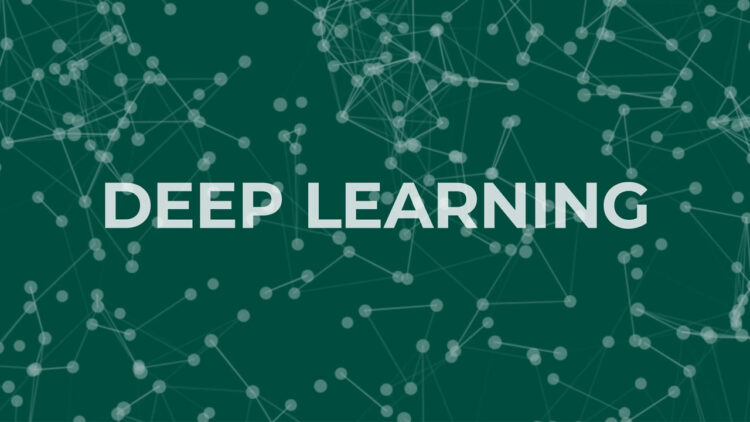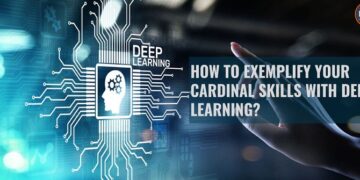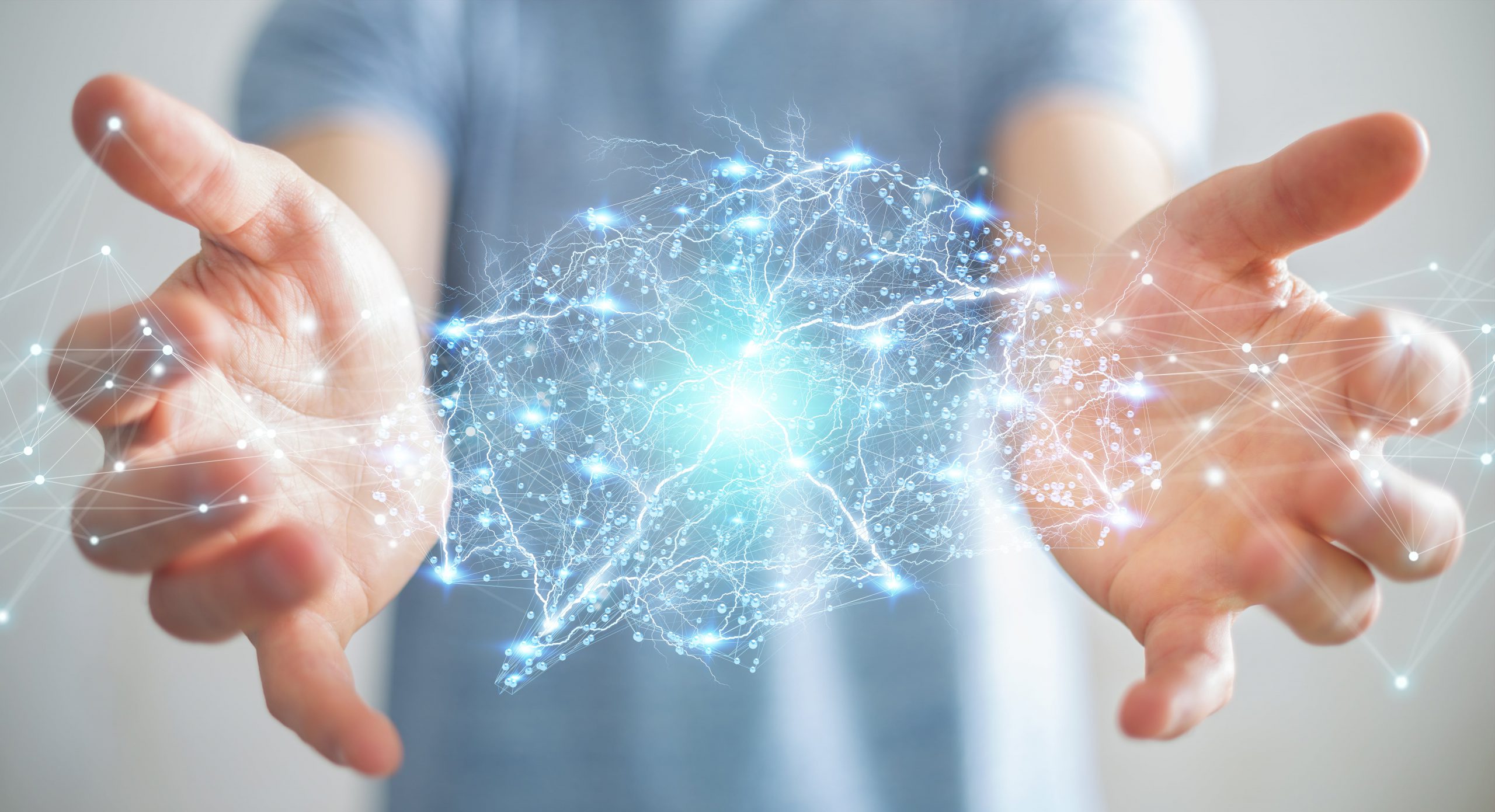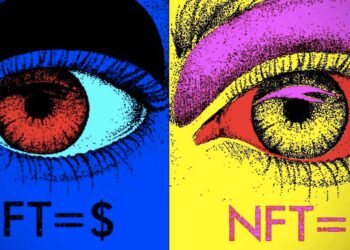Deep Learning is a subset of machine learning that utilizes neural networks to model and solve complex problems.
It is a powerful tool for tasks such as image and speech recognition, natural language processing, and predictive modeling.
The basic building block of a neural network is the neuron, which is a mathematical function that takes in a set of inputs, performs a computation, and produces an output.
These neurons are organized into layers, with the input layer receiving the raw data, and the output layer producing the final result.
In between the input and output layers are one or more hidden layers, which help to extract features from the input data.
The process of training a neural network involves adjusting the parameters of the neurons in order to minimize the error between the predicted output and the actual output. This is done using a process called backpropagation, which involves propagating the error back through the network and adjusting the parameters accordingly.
Also read: Natural Language Processing In Finance- Acing Digitization Game
There are several types of neural networks, each with its own strengths and weaknesses. For example, feedforward neural networks are good at tasks such as image classification, while recurrent neural networks are better suited for tasks such as speech recognition and natural language processing.
Convolutional Neural Networks (CNNs)
Convolutional Neural Networks (CNNs) are a type of feedforward neural network that is particularly effective at image and video recognition tasks, this is due to the special architecture that allows for the extraction of features from images and videos.
Recurrent Neural Networks (RNNs)
Recurrent Neural Networks (RNNs) are a type of neural network that is particularly effective at tasks involving sequential data, such as speech recognition, language translation, and time series forecasting. RNNs have a “memory” that allows them to take into account past inputs when making predictions.
One of the most important things to consider when building a deep learning model is the amount and quality of data available for training. More data and higher quality data can lead to better performance, but acquiring and cleaning large amounts of data can be a time-consuming and resource-intensive task.
Also read: Computer Vision Guide – Object Detection Use Cases
Another important consideration is the choice of architecture and hyperparameters for the model. This includes the number of layers, the number of neurons in each layer, and the type of activation function used.
Deep learning models can be computationally intensive and require powerful hardware to train, such as Graphics Processing Units (GPUs) or Tensor Processing Units (TPUs). Cloud-based services such as AWS, GCP, and Azure can also be used to train models.
Conclusion
In summary, deep learning is a powerful tool that can be used to solve a wide range of problems, from image and speech recognition to natural language processing and predictive modeling. It utilizes neural networks, which are mathematical functions organized into layers, to extract features from data and make predictions.
Training a deep learning model involves adjusting the parameters of the neurons to minimize the error between the predicted and actual output. The success of a deep learning model is heavily dependent on the amount and quality of data available, as well as the architecture and hyperparameters are chosen.













